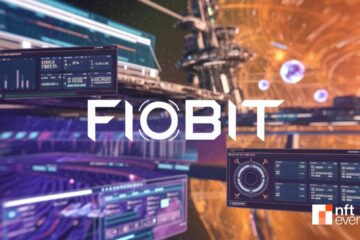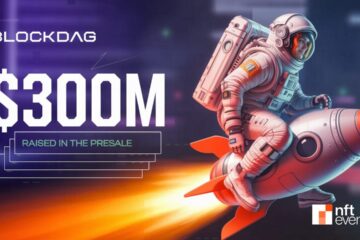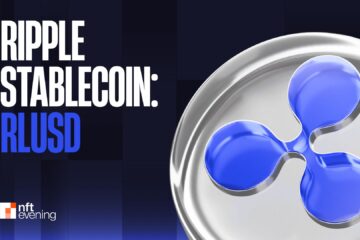Leading U.S. banks are in early talks to launch a joint stablecoin venture, while the Trump family’s USD1 stablecoin surges to prominence, highlighting blockchain’s growing role in reshaping digital payments and raising ethical concerns.
A Stablecoin Project Backed by America’s Top Banks
Major U.S. banks, including JPMorgan Chase, Bank of America, Citigroup, and Wells Fargo, are exploring a collaborative stablecoin initiative to compete in the $245 billion stablecoin market, currently led by Circle’s USDC and Tether’s USDT.
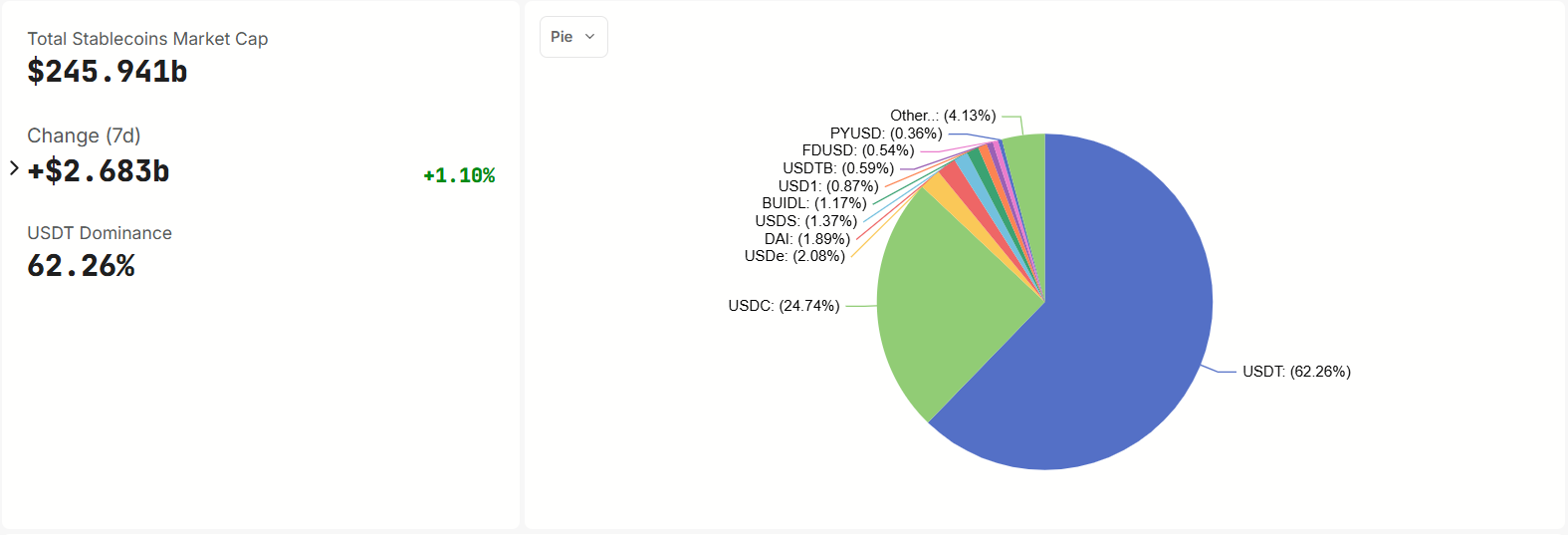

Source: DefiLlama
According to The Wall Street Journal, these discussions involve payment firms like Early Warning Services (Zelle’s operator) and The Clearing House, co-owned by the banks. The move aims to counter the growing influence of crypto-based digital payments, which threaten traditional banking’s deposit bases and transaction volumes.
Stablecoins, pegged to the U.S. dollar, offer fast, low-cost cross-border transfers, making them attractive for global finance. A Fireblocks survey notes that 58% of traditional banks already use stablecoins for such payments, reflecting institutional adoption.


Source: Fireblocks
The banks’ consortium model could enable broader participation from other financial institutions, enhancing the stablecoin’s reach. However, the venture’s progress depends on U.S. stablecoin legislation, particularly the GENIUS Act, which recently cleared a Senate procedural vote with bipartisan support. The Act requires stablecoins to be 1:1 backed by liquid reserves, addressing regulatory concerns like anti-money laundering and consumer protections.
USD1 Stablecoin by World Liberty Financial Fuels Growth and Debate
Parallel to the banks’ efforts, the Trump family’s World Liberty Financial has launched USD1, a dollar-backed stablecoin that has rapidly gained traction. Issued by BitGo Trust Company under U.S. regulatory compliance, USD1 has surged to a $2.14 billion market cap, ranking as the second-largest stablecoin on BNB Chain after USDT.
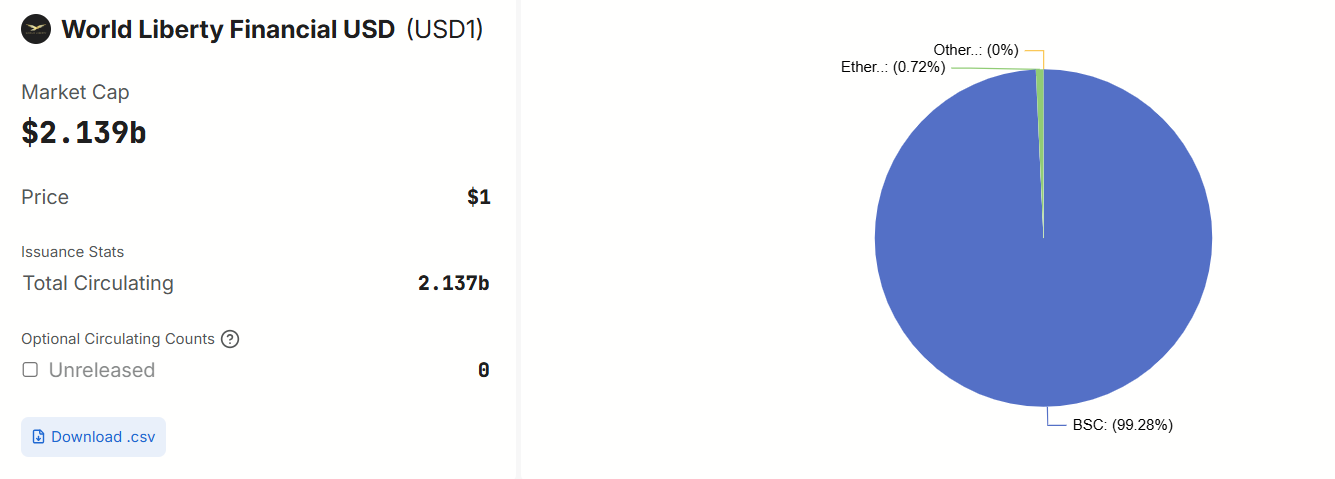

A significant boost came from a $2 billion investment by Abu Dhabi’s MGX fund to acquire a stake in Binance using USD1, highlighting its global appeal. The Trump family holds a 60% stake in World Liberty Financial, raising ethical concerns about potential conflicts of interest, especially given President Trump’s crypto-friendly policies.
Learn more: World Liberty Financial Launches Stablecoin USD1
Critics, including Senator Elizabeth Warren, argue that USD1’s rise, fueled by foreign investments like the UAE deal, risks corruption, especially as the GENIUS Act progresses. The stablecoin’s integration with Chainlink for multi-chain transfers further enhances its utility, but concerns persist about transparency and regulatory oversight.
The U.S. aims to dominate the crypto sector, echoing President Trump’s remarks at a TRUMP token holders’ event, where he likened crypto leadership to America’s global economic dominance through the USD. The banks’ stablecoin venture and USD1’s rise reflect this ambition, positioning the U.S. to shape the future of digital finance. By leveraging blockchain’s efficiency, banks aim to modernize payments, while USD1’s rapid growth signals crypto’s mainstream potential.
However, challenges like regulatory clarity, public trust, and financial stability risks, highlighted by critics comparing stablecoins to volatile money-market funds, could hinder progress. Both initiatives underscore blockchain’s transformative power, but their success depends on navigating ethical concerns and regulatory hurdles.
 Bitcoin
Bitcoin  Ethereum
Ethereum  Tether
Tether  XRP
XRP  USDC
USDC  TRON
TRON  Lido Staked Ether
Lido Staked Ether  Dogecoin
Dogecoin  Figure Heloc
Figure Heloc  Cardano
Cardano  WhiteBIT Coin
WhiteBIT Coin  Bitcoin Cash
Bitcoin Cash  Wrapped stETH
Wrapped stETH  Wrapped Bitcoin
Wrapped Bitcoin  USDS
USDS  Wrapped eETH
Wrapped eETH  Binance Bridged USDT (BNB Smart Chain)
Binance Bridged USDT (BNB Smart Chain)  Chainlink
Chainlink  Monero
Monero  LEO Token
LEO Token  WETH
WETH  Zcash
Zcash  Stellar
Stellar  Coinbase Wrapped BTC
Coinbase Wrapped BTC  Ethena USDe
Ethena USDe  Litecoin
Litecoin  Hyperliquid
Hyperliquid  Avalanche
Avalanche  Sui
Sui  Hedera
Hedera  sUSDS
sUSDS  Dai
Dai  Shiba Inu
Shiba Inu  USDT0
USDT0  World Liberty Financial
World Liberty Financial  Canton
Canton  Uniswap
Uniswap  Toncoin
Toncoin  PayPal USD
PayPal USD  Cronos
Cronos  Ethena Staked USDe
Ethena Staked USDe  Mantle
Mantle  USD1
USD1  Polkadot
Polkadot  Bitget Token
Bitget Token  Rain
Rain  Tether Gold
Tether Gold  Aave
Aave 
